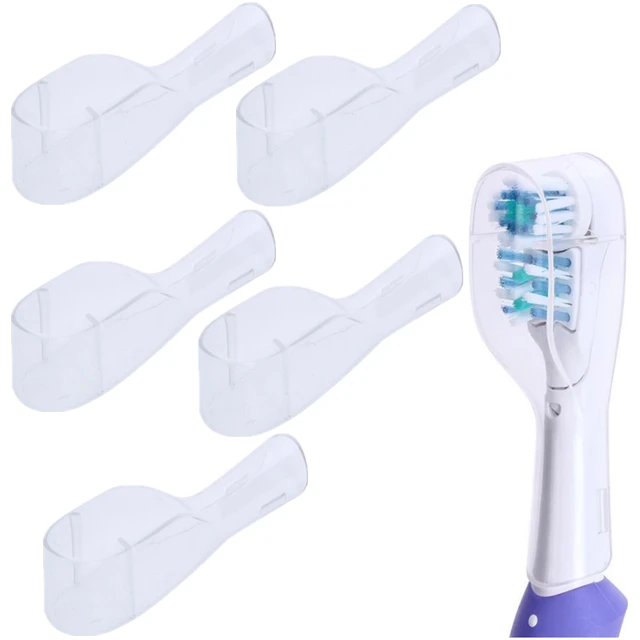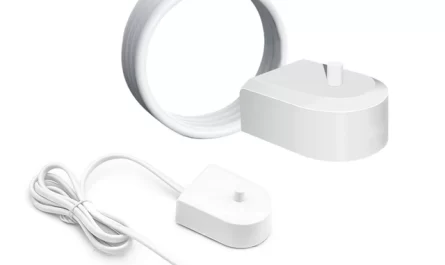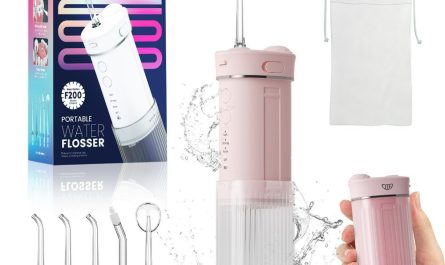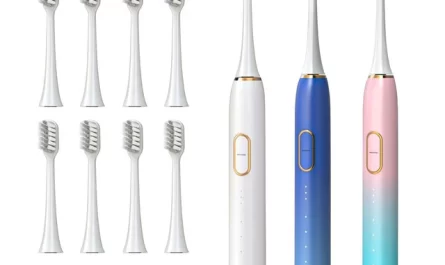Introduction:
Maintaining your electric toothbrush clean is vital for both hygiene and effectiveness. Over time, electric toothbrushes can accumulate bacteria, toothpaste residue, and other debris that can affect their performance and your oral health. This thorough guide outlines the best practices for keeping your electric toothbrush clean, ensuring it remains effective and hygienic.
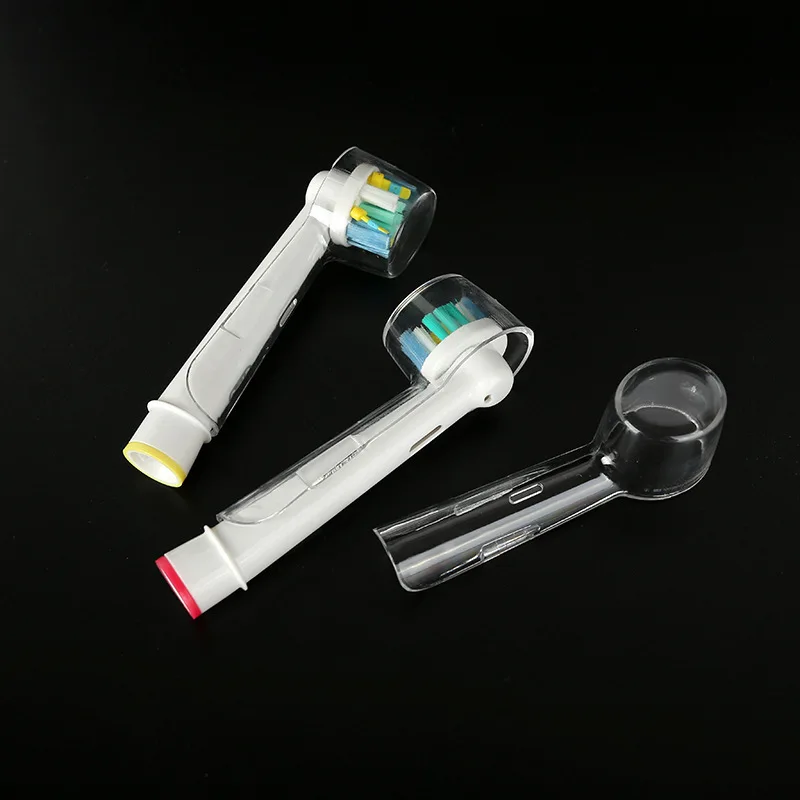
How to Keep Your Electric Toothbrush Clean:
What Are the Best Practices?
Daily Cleaning:
What Steps Should You Take to Clean Your Electric Toothbrush After Each Use?
Cleaning your electric toothbrush daily helps prevent the buildup of bacteria and toothpaste residue. Here’s a step-by-step guide to daily maintenance.
Rinsing the Brush Head:
Immediate Rinse: After each use, remove the brush head from the handle and rinse it thoroughly under running water. This helps wash away toothpaste residue and debris trapped between the bristles.
Removing Residue: Gently rub the bristles with your thumb to dislodge any remaining particles. Ensure that the water flows through the bristles to remove as much residue as possible.
Cleaning the Handle:
Wiping Down: Use a damp cloth or paper towel to wipe the handle and the area where the brush head attaches. This step helps remove any toothpaste or saliva that may have splashed onto the handle.
Buttons and Crevices: Pay particular attention to the buttons and any crevices where residue can accumulate. A cotton swab or a soft toothbrush can help clean these areas effectively.
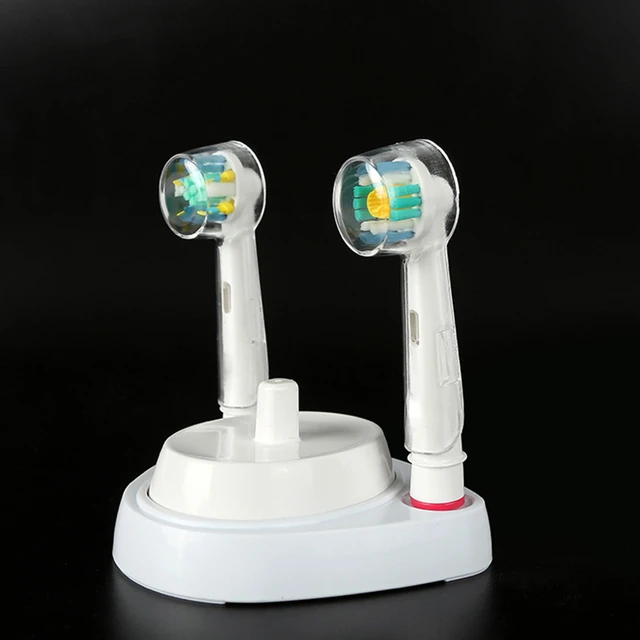
Drying:
Air Dry: Allow the brush head and handle to air dry separately. This prevents moisture buildup, which can lead to bacteria growth. Place the brush head in an upright position to facilitate drainage and drying.
Storage: Store your electric toothbrush in an upright position in a well-ventilated area. Avoid keeping it in a closed container or damp environment, as this can promote bacterial growth.
Periodic Deep Cleaning:
How to Perform a Thorough Cleaning of Your Electric Toothbrush?
Periodic deep cleaning ensures that your toothbrush remains in top condition and free from harmful bacteria.
Soaking the Brush Head:
Antibacterial Mouthwash: Once a week, soak the brush head in a cup of antibacterial mouthwash for about 15 minutes. This helps kill any bacteria that may be lingering on the bristles.
Hydrogen Peroxide Solution: Alternatively, use a solution of equal parts hydrogen peroxide and water to soak the brush head. This disinfecting solution is effective in killing bacteria and other pathogens.
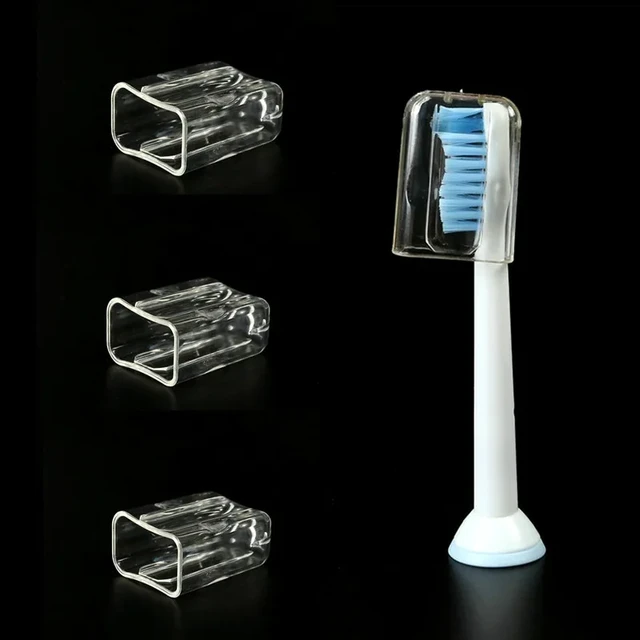
Cleaning the Handle:
Mild Soap Solution: Prepare a mild soap solution using dish soap and warm water. Dampen a soft cloth or sponge with the solution and gently clean the handle, ensuring you reach all surfaces.
Disinfecting Wipes: Use disinfecting wipes to clean the handle thoroughly. Ensure the wipes are safe for electronic devices to avoid damaging the toothbrush.
Cleaning the Charger:
Unplugging First: Always unplug the charger before cleaning it. Use a damp cloth to wipe down the surface of the charger, removing any dust or residue that may have accumulated.
Cotton Swabs for Crevices: Use cotton swabs dipped in a mild soap solution to clean any crevices or areas that are difficult to reach. Ensure the charger is completely dry before plugging it back in.
Brush Head Replacement:
How Often Should You Replace Your Brush Head?
Regularly replacing the brush head is crucial for maintaining effective cleaning and hygiene.
Every Three Months:
Manufacturer Recommendation: Most manufacturers recommend replacing the brush head every three months. Over time, bristles wear out and become less effective at cleaning, and they can harbor bacteria.
Personal Schedule: Mark your calendar or set a reminder to replace the brush head every three months. Some electric toothbrushes have indicator bristles that fade to signal it’s time for a new head.
After Illness:
Preventing Reinfection: Replace your toothbrush head after recovering from an illness, such as a cold or flu. This helps prevent the risk of reinfection from lingering germs on the bristles.
Disposal of Old Heads: Dispose of old brush heads properly, ensuring they are out of reach of children and pets. Consider if your local recycling program accepts them.
Storage Practices: What Are the Best Ways to Store Your Electric Toothbrush?
Proper storage practices help keep your electric toothbrush clean and extend its lifespan.
Upright Position:
Drying Efficiency: Store the toothbrush in an upright position to allow water to drain off the brush head. This helps it dry more efficiently, reducing the likelihood of bacteria growth.
Ventilated Area: Place the toothbrush in a well-ventilated area rather than a closed cabinet where moisture can accumulate. Proper ventilation helps keep the brush dry and minimizes bacterial growth.
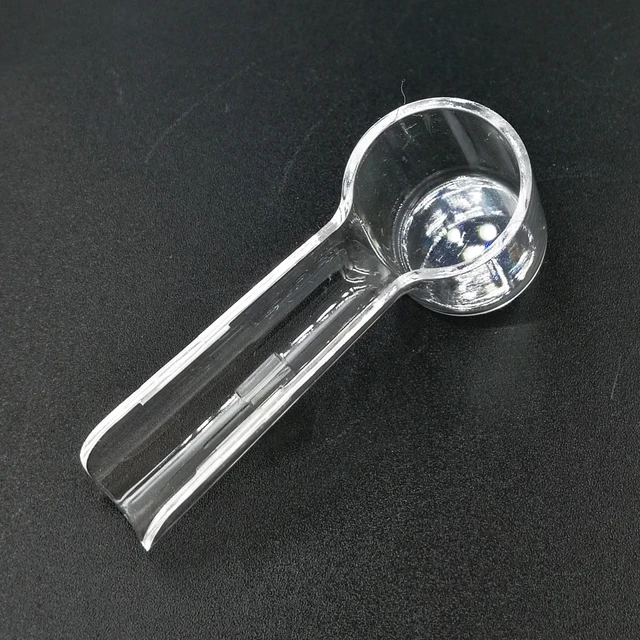
Brush Head Covers:
Breathable Covers: If you use a cover for your brush head, ensure it’s breathable. Non-breathable covers can trap moisture, creating an environment conducive to bacteria growth.
Travel Cases: When traveling, use a case specifically designed for electric toothbrushes. Clean and dry the case regularly to prevent bacterial build-up.
Avoiding Cross-Contamination:
Separate Holders: Store each family member’s toothbrush in separate holders to prevent cross-contamination. If multiple brushes are stored in the same area, ensure they don’t touch each other.
Labeling Brushes: Label each toothbrush with the user’s name to avoid mix-ups, especially in households with multiple electric toothbrushes.
Maintenance of Charger:
How to Keep the Electric Toothbrush Charger Clean?
Keeping the charger clean is an often-overlooked aspect of electric toothbrush maintenance.
Regular Dusting:
Dust-Free Area: Keep the charging base in a dust-free area. Use a dry cloth or duster to remove dust from the charger regularly.
Wiping Down:
Damp Cloth: Periodically wipe the charging base with a damp cloth to remove any accumulated residue. Ensure the cloth is not too wet to avoid moisture entering the charger.
Dry Thoroughly:
Avoid Electrical Damage: Ensure the charger is completely dry before reattaching the toothbrush or plugging it back in. This prevents any potential electrical damage or short-circuits.
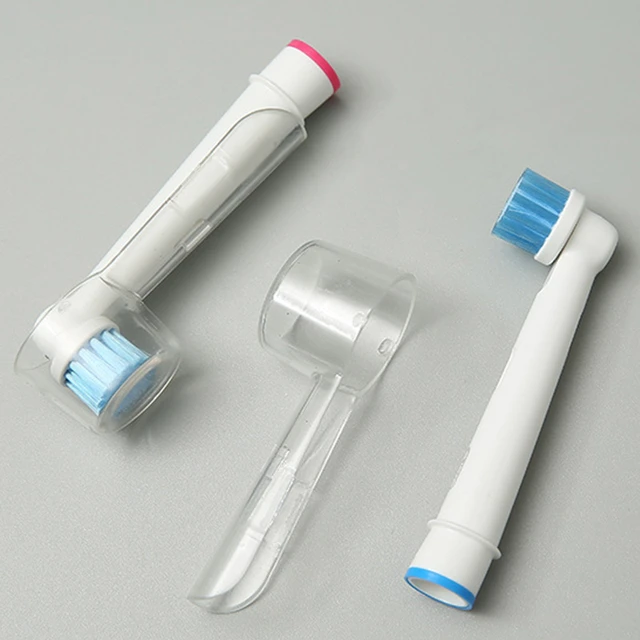
Common Mistakes:
What Pitfalls Should You Avoid When Cleaning an Electric Toothbrush?
Avoiding common mistakes ensures that your electric toothbrush remains effective and functional.
Using Harsh Chemicals:
Chemical Damage: Avoid using harsh chemicals or abrasive cleaners, as they can damage the toothbrush and bristles. Stick to mild soap solutions or recommended disinfectants.
Submersion:
Water Damage: Don’t submerge the handle of the toothbrush in water, as this can damage the electronic components. Only the brush head should be soaked for cleaning purposes.
Sharing Toothbrushes:
Hygiene Risks: Never share your electric toothbrush or its brush heads with others. Sharing can lead to cross-contamination and the spread of germs or infections.
Ignoring Timely Replacement:
Effective Cleaning: Replace brush heads timely to ensure effective cleaning. Old, frayed bristles are less effective and can negatively impact your oral hygiene.
Conclusion
Keeping your electric toothbrush clean involves daily maintenance, periodic deep cleaning, and proper storage practices. By rinsing after each use, soaking in disinfecting solutions weekly, and storing correctly, you can maintain optimal hygiene and extend the lifespan of your toothbrush. Avoiding common pitfalls and following expert recommendations ensure effective cleaning and healthy oral care. With advancements in technology, such as UV sanitizers and self-cleaning toothbrushes, maintaining a clean electric toothbrush is becoming more convenient and efficient. By adhering to these best practices, you can enjoy the full benefits of your electric toothbrush, promoting better oral health and hygiene.

